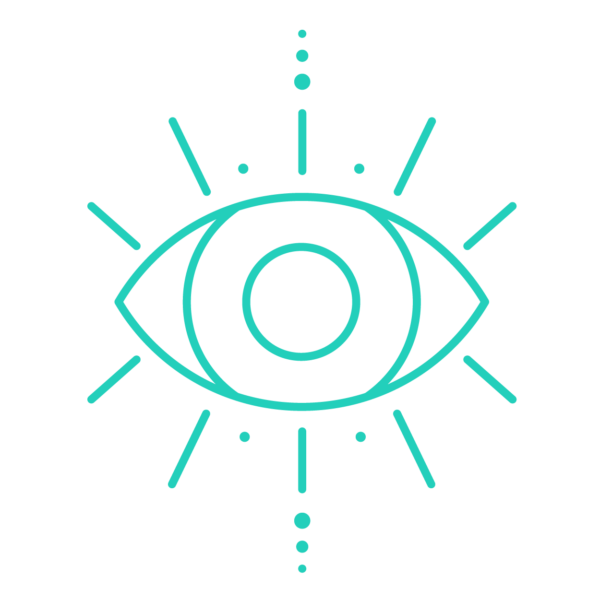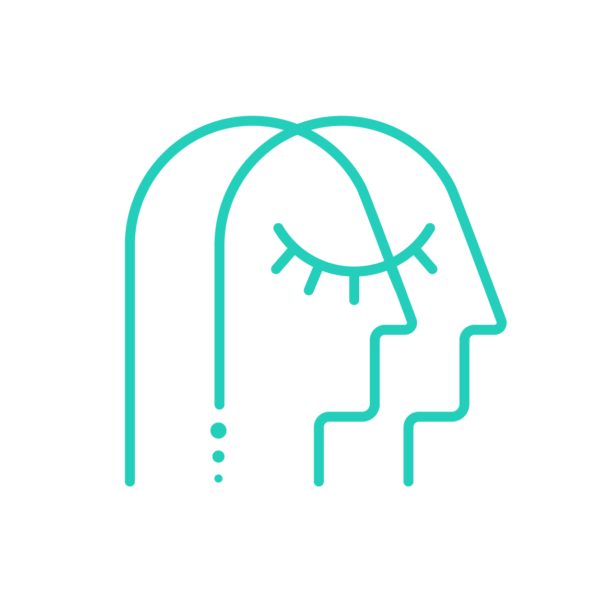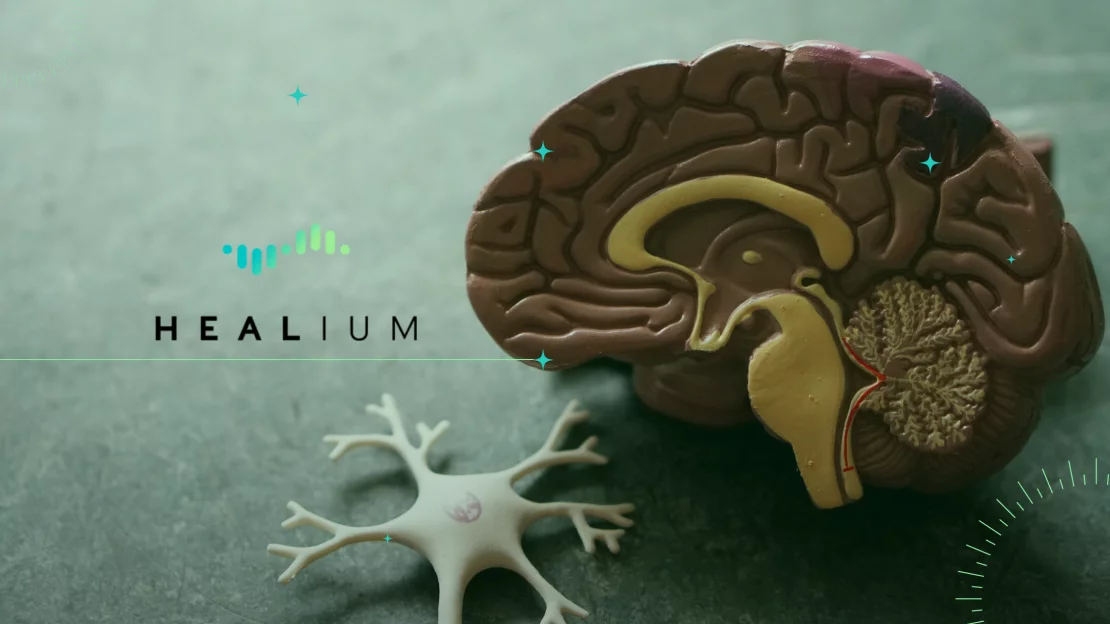




You may be familiar with CT scans or MRIs, which can help practitioners examine the structure of a particular brain, but what tools are available for those who wish to analyze the brain’s functioning?

A quantitative electroencephalogram, commonly abbreviated as qEEG, is a tool used to measure electrical activity and overall functioning of the brain. It is also referred to as brain mapping, where brainwaves (the electrical impulses generated through the millions of neurons in the brain) are studied regarding how they communicate.
Through these signals, it can reveal information about brain functioning such as thought patterns, stress levels, as well as emotions.
Below we share everything you need to know about qEEG brain mapping.
As mentioned, quantitative electroencephalography is a procedure where the brain’s processes are recorded using a computer. The data gathered is then processed through various algorithms through the use of modern applications such as wavelet analysis.
Next, the data is compared with normative database reference values and then converted into brain maps, where the processed EEG is indicated by color.
The information gathered from qEEG and EEG can then be used as a tool to evaluate a person’s brain function, as well as track changes in the brain from medication or neurofeedback.
As a result, qEEG processing techniques can give us a glimpse into the dynamic changes that take place in the brain during any cognitive process. This approach can also be used to help determine which areas of our brains are processing effectively and engaged.
When undergoing EEG, or normal electroencephalography, small metal discs will be placed on a patient’s scalp, which is used to detect the brain’s electrical activity. This neurofeedback equipment is then be used to map out the brain’s functioning— these are typically used to detect changes in a patient’s brain activity as they are exposed to various sensations or stimuli. Using this data, psychologists and physicians will be able to detect possible injuries or diagnose brain disorders.
On the other hand, a qEEG is the same process but with the added benefits of quantitative analysis during or after the scans are done. In other words, qEEG processes recorded electrical activity from the brain and presents data in a more three-dimensional manner. Apart from being able to detect the same conditions or disorders that an EEG can, a qEEG can also detect the following:
– Anxiety disorders
– Cognitive inflexibility
– Impulsive tendencies
– Poor emotional management
– And more
Anyone can benefit from brain mapping, and it can be performed on individuals of any age, including children, adolescents, adults, and even babies.
Someone who struggles with mental health symptoms could benefit from evaluations with qEEG tests. With the help of a specialist, you might be able to identify various conditions, such as:
– Depression
– Panic disorder
– ADHD
– Schizophrenia
– PTSD
– Dementia
– Obsessive-compulsive disorder
– Sleep problems
A brain map report will contain many pages of data that may show various parts of your brain function. More specifically, a brain map will allow us to see if parts of the brain are working properly or not.
It can help us confirm various conditions such as:
– Epilepsy
– Brain tumors
– Seizures
– Head injuries
– Memory problems
Doctors can also find out many other important details through the use of brain mapping such as:
– Trouble handling emotions
– Difficulty in paying attention
– Poor problem-solving skills

Because the brain is the strongest electromagnetic engine in the world, it’s capable of doing many things, using neurotransmitters and electricity to help us act, feel, and think.
Around 100 billion neurons in the brain work to keep the flow of electricity moving throughout the body, allowing signals to travel at amazing speeds. These electrical impulses can also communicate with each other and create synchronized pulses or brainwaves.
Overall, there are 4 kinds of brainwave patterns, including:
– Beta brainwaves: These run between 13 to 24 cycles per second and are fast-occurring waves during mental work or concentration states
– Alpha brainwaves: These run at 8 to 12 cycles per second and are present during relaxed states
– Theta brainwaves: These run at 5 to 7 cycles per second and are known as slow brain waves that appear during relaxation, twilight, or daydreaming states
– Delta brainwaves: These run at 1 to 4 cycles per second and are very slow-moving, occurring mostly in our sleep
Neurofeedback therapy is a non-invasive way of measuring and controlling your brainwaves. This kind of therapy allows the neurofeedback provider to keep any involuntary body processes through conditioning. Many conditions, such as anxiety, ADHD, and depression will usually occur because our brainwaves aren’t balanced perfectly.
Undergoing neurofeedback therapy can help us bring specific areas of the brain back to their healthy state.
When treatment begins, doctors can map out the areas of the brain through qEEG, which can help to identify which areas of the brain need to be put back in the right place. Once they are able to find the necessary information, neurofeedback therapy can be customized to work in the areas that need improvement.
During a session, patients will have sensors placed around the target areas of the head to see its current state compared to what it needs to look like.
Music and sounds played on headphones will further help with the process of pushing the brain to a comfortable state. Through repetition, this non-invasive, drug-free, and pain-free option will allow you to retrain various regions of the brain to bring you back to the right state of balance.
If you’d like to learn more about qEEG brain mapping, here are a few great sources on the matter, all of which have various information about this thrilling subject:
For a less intensive EEG experience, users can actually perform neurofeedback from the comfort of their own home.
At Healium, we pair guided virtual reality meditation experiences with neurofeedback devices like the BrainLink Lite EEG headband to provide users with a mental fitness regimen that allows you to become more self-aware of your brain patterns.
By providing real-time brainwave data as well as a data dashboard to track progress, we’ve given people the tools needed to lower their stress levels, achieve sounder sleep, and take meditation practices to the next level.
{“@context”:”https://schema.org”,”@type”:”FAQPage”,”mainEntity”:[{“@type”:”Question”,”name”:”What Is QEEG Brain Mapping?”,”acceptedAnswer”:{“@type”:”Answer”,”text”:”A quantitative electroencephalogram, commonly abbreviated as qEEG, is a tool used to measure electrical activity in the brain. It is also referred to as brain mapping, where brainwaves (the electrical impulses generated through the millions of neurons in the brain) are studied regarding how they communicate. \n\nThrough these signals, it can reveal information about brain functioning such as thought patterns, stress levels, as well as emotions. \n”}},{“@type”:”Question”,”name”:”What’s the Difference Between EEG and QEEG?”,”acceptedAnswer”:{“@type”:”Answer”,”text”:”When undergoing EEG, or normal electroencephalography, small metal discs will be placed on a patient’s scalp, which is used to detect the brain’s electrical activity. On the other hand, a qEEG is the same process but with the added benefits of quantitative analysis during or after the scans are done.”}},{“@type”:”Question”,”name”:”Who Can Benefit from Brain Mapping?”,”acceptedAnswer”:{“@type”:”Answer”,”text”:”Anyone can benefit from brain mapping, and it can be performed on individuals of any age, including children, adolescents, adults, and even babies. \n\nSomeone who struggles with mental health symptoms could benefit from evaluations with qEEG tests. With the help of a specialist, you might be able to identify various conditions, such as: Depression, Panic disorder, ADHD, Schizophrenia, PTSD, Dementia, Obsessive-compulsive disorder, or Sleep problems.\n”}},{“@type”:”Question”,”name”:”Is QEEG Used During Neurofeedback Therapy?”,”acceptedAnswer”:{“@type”:”Answer”,”text”:”Undergoing neurofeedback therapy can help us bring specific areas of the brain back to their healthy state. \n\nWhen treatment begins, doctors can map out the areas of the brain through qEEG, which can help to identify which areas of the brain need to be put back in the right place. Once they are able to find the necessary information, neurofeedback therapy can be customized to work in the areas that need improvement. “}}]}
Sarah Hill, a former interactive TV news journalist at NBC, ABC, and CBS affiliates in Missouri, gained recognition for pioneering interactive news broadcasting using Google Hangouts. She is now the CEO of Healium, the world’s first biometrically powered VR/AR channel, helping those with stress, anxiety, insomnia, and other struggles through biofeedback storytelling. With patents, clinical validation, and over seven million views, she has reshaped the landscape of immersive media.